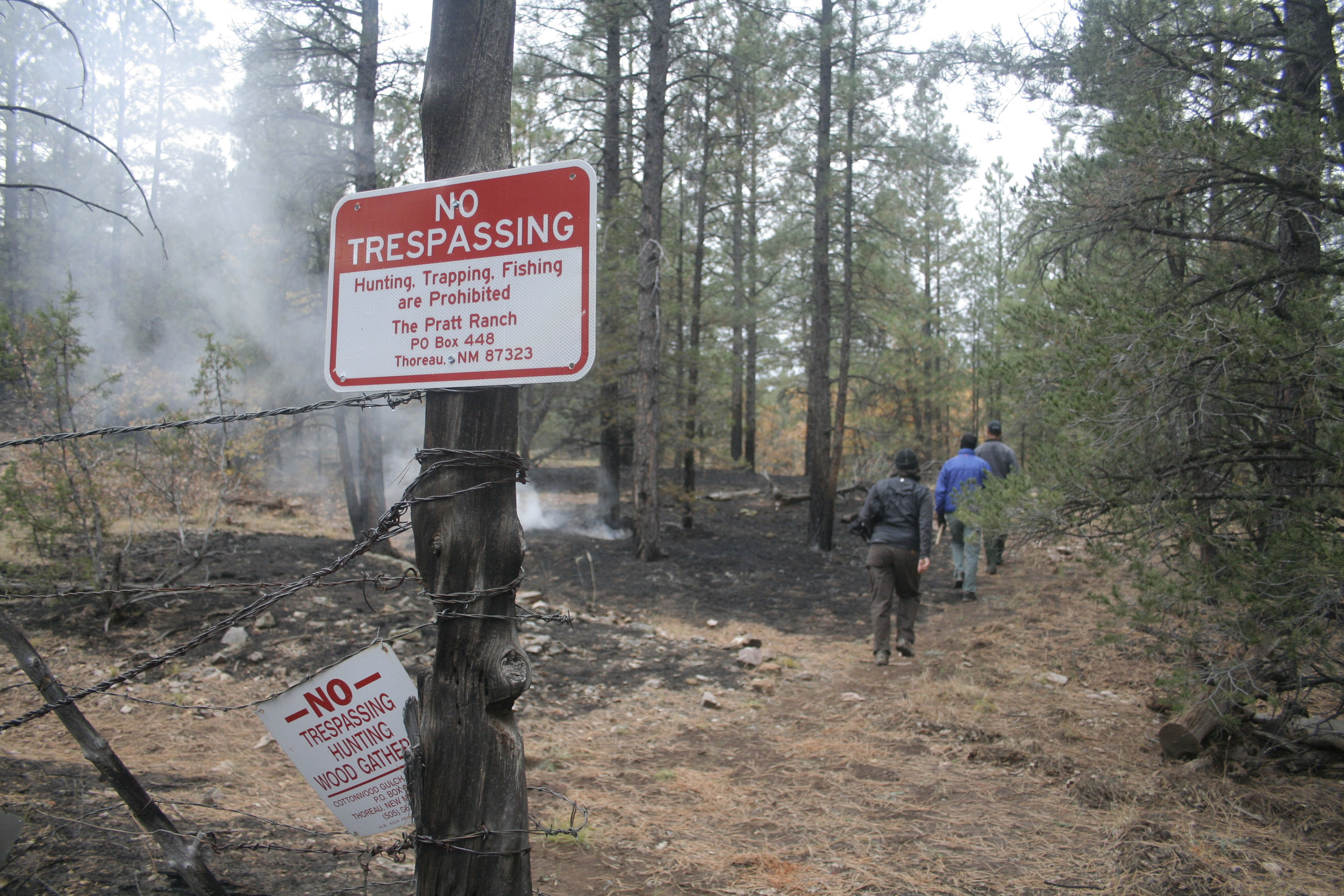Home insurance is shifting to adapt to the escalating scale of losses due to wildfire. This issue is sometimes overlooked as the tragedy fires in California and across the west unfold, but it’s becoming more prevalent and is directly affecting some property owners. Insurance is one of the levers that drives development and migration in areas adjacent to fire prone landscapes and puts pressure on these homeowners to mitigate their fire risk. The two articles below shed some light on how changes in insurer’s policies are impacting how home owners are adapting to wildfire and recovering from megafires.
“As wildfire risk increases in Colorado and the West, home insurance grows harder to find”
This recent article from the Denver Post by Sophie Quinton dose an excellent job of investigating the issues of insurance and wildfire risk. It includes some unique perspectives from Bill Trimarco of the Wildfire Adapted Partnership and a solid endorsement of Wildfire Partners (in Boulder), two groups that are deeply committed to wildfire mitigation in Colorado. (click the orange title above to go to the article)
“Does Insurance Affect Home Development on Wildfire-Prone Lands?”
Headwaters Economics recently conducted an academic review of whether insurance influences development on fire prone lands. Two of their main conclusions were that:
· A review of studies, anecdotal evidence, news articles, conversations with insurance industry experts, and analysis of trends indicates it is unlikely that insurance rates and policies alone will determine whether or not a landowner decides to build a new home on wildfire-prone land.
· The most likely way that insurance companies will play a role in reducing wildfire risk is by developing financial rewards, such as lower rates, that are tied to fire-safe practices such as the use of flame-retardant building materials, creation of defensible space, and reduction of flammable fuels near homes.
(click the orange title above to go to the article)
photo from Arizona Department of Water Resources














